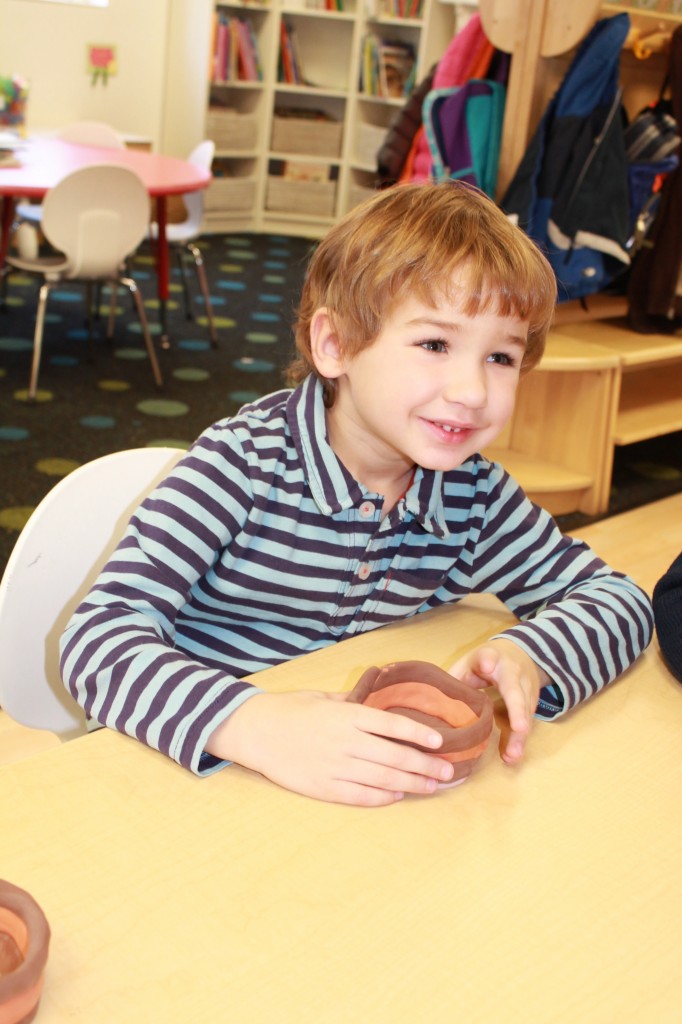
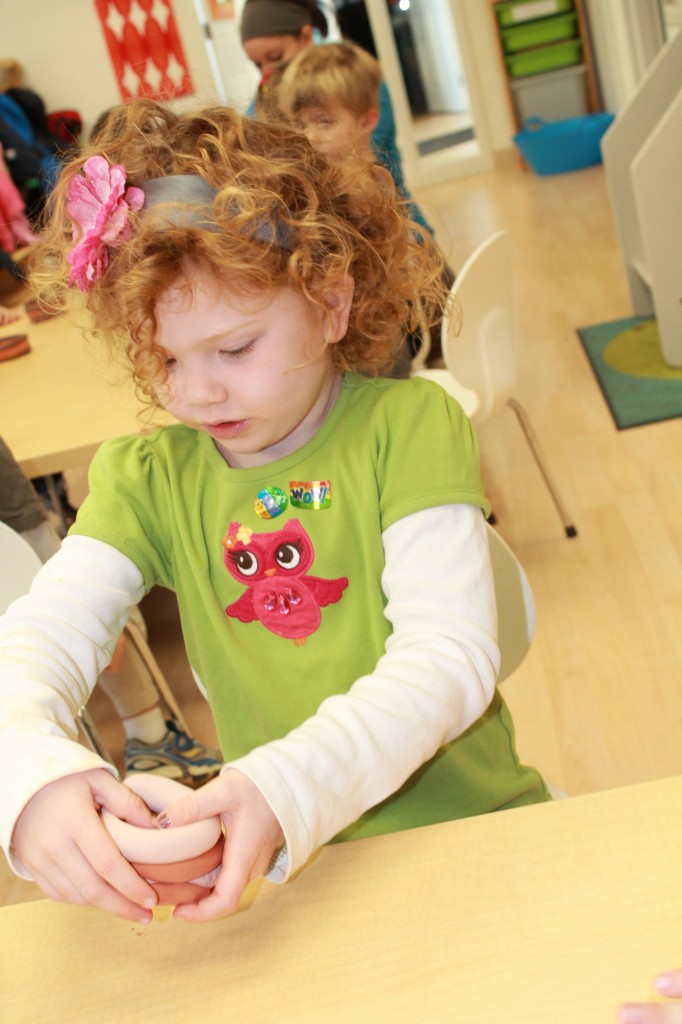
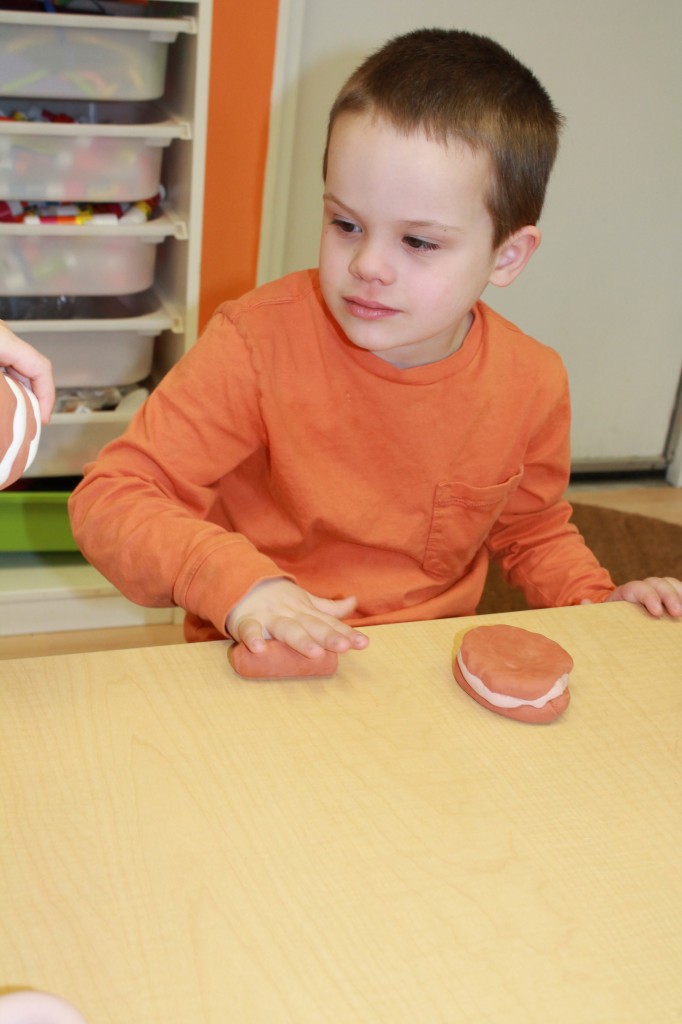
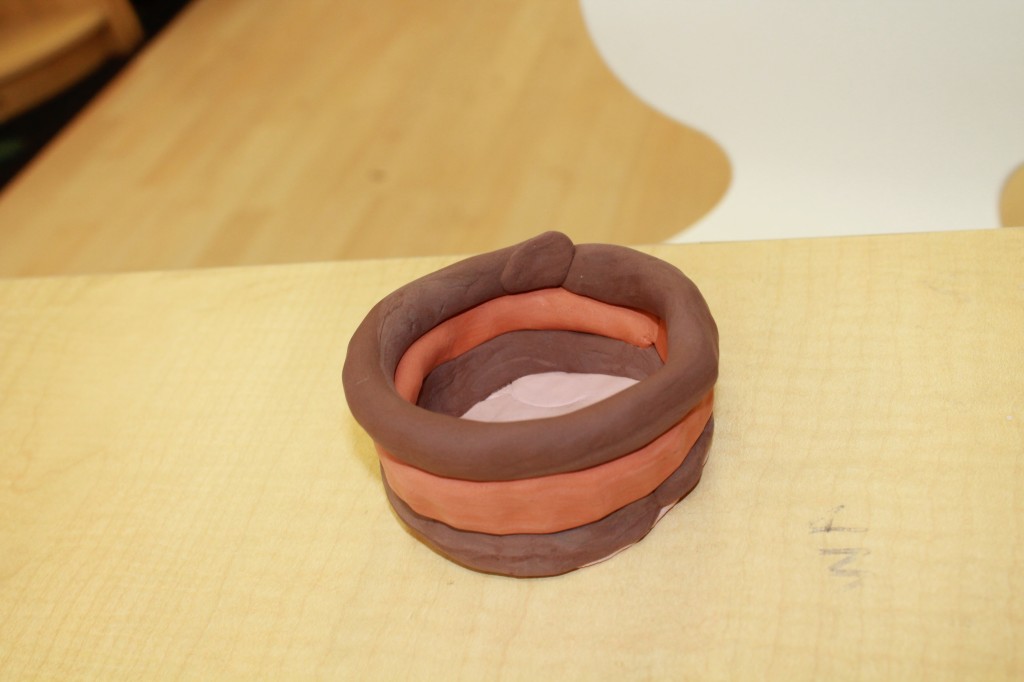
We’ve been learning about Native Americans this month and how they helped the pilgrims survive when they started their lives in their new world! Today we discovered how some Native Americans told stories without letters or words and tried our hand at our own symbols.
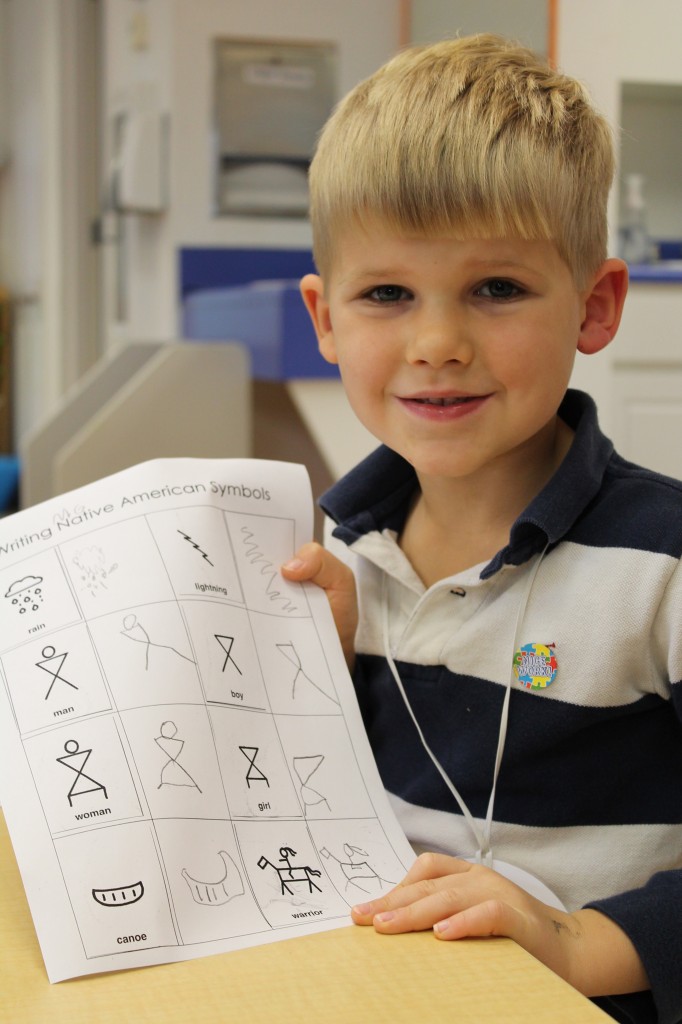
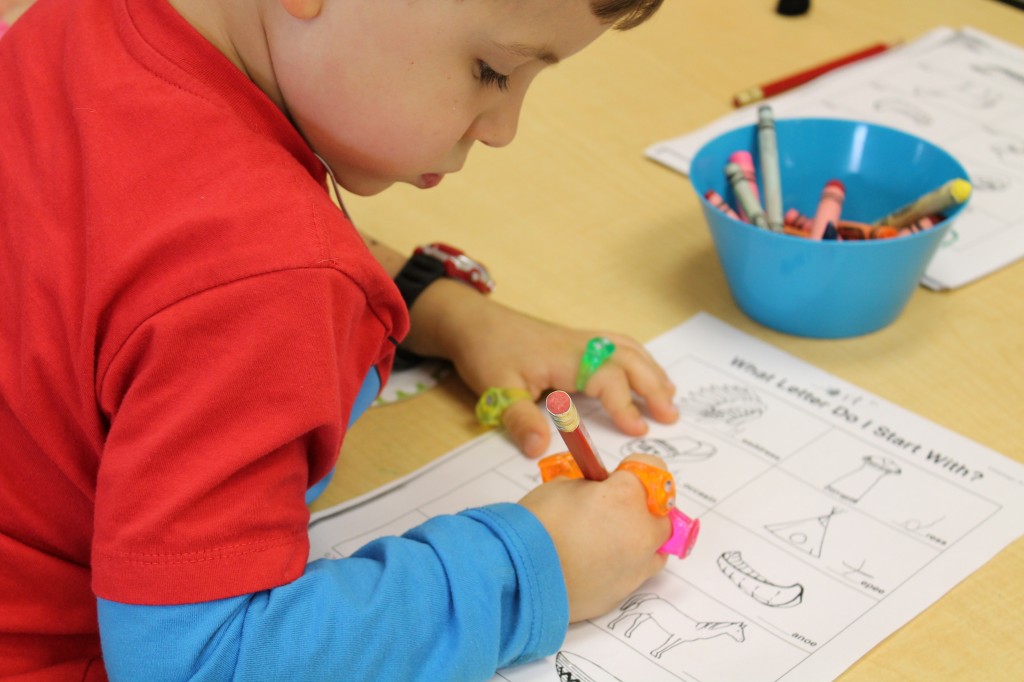
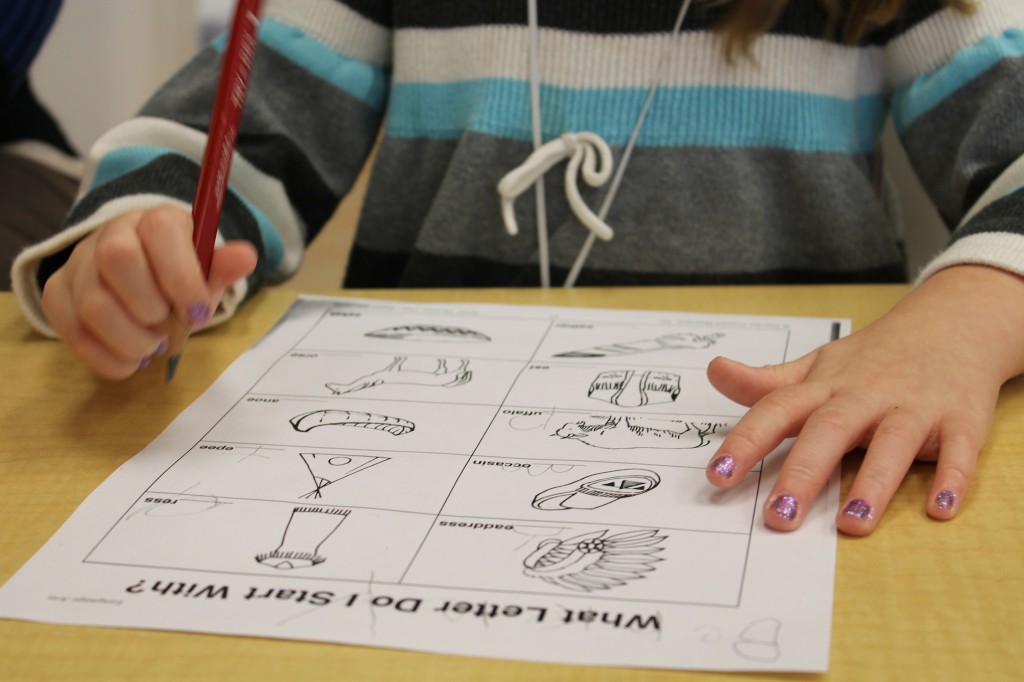
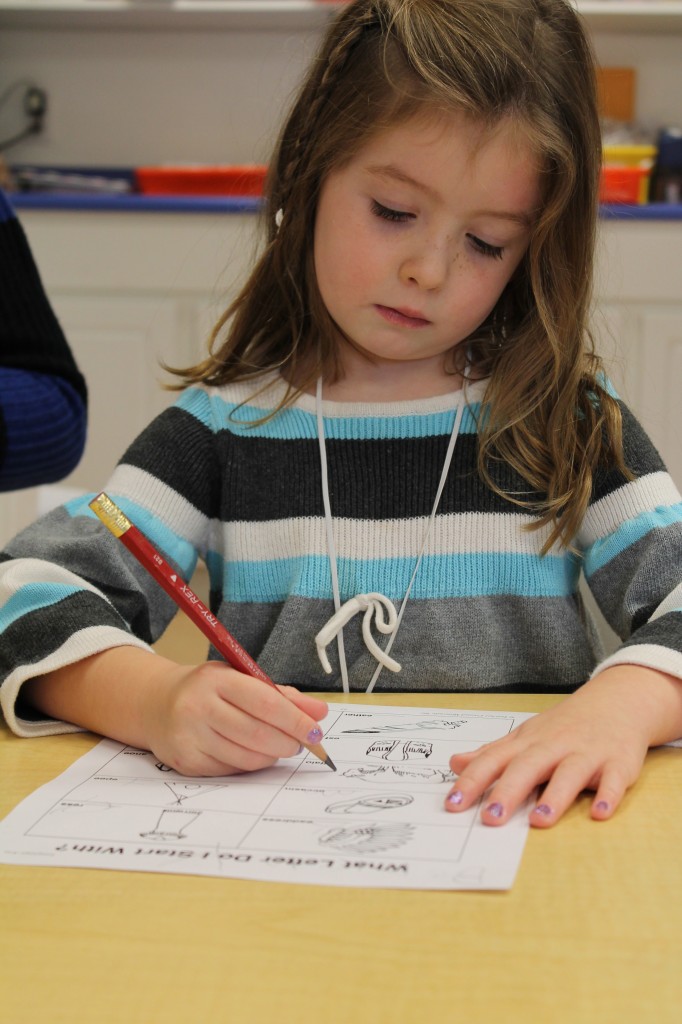
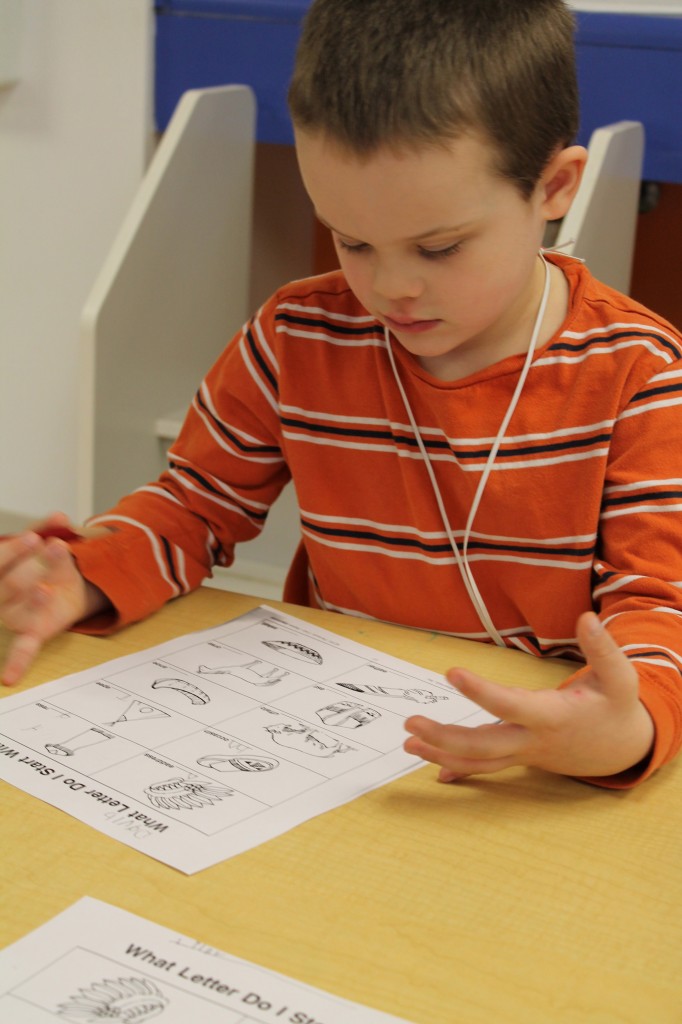
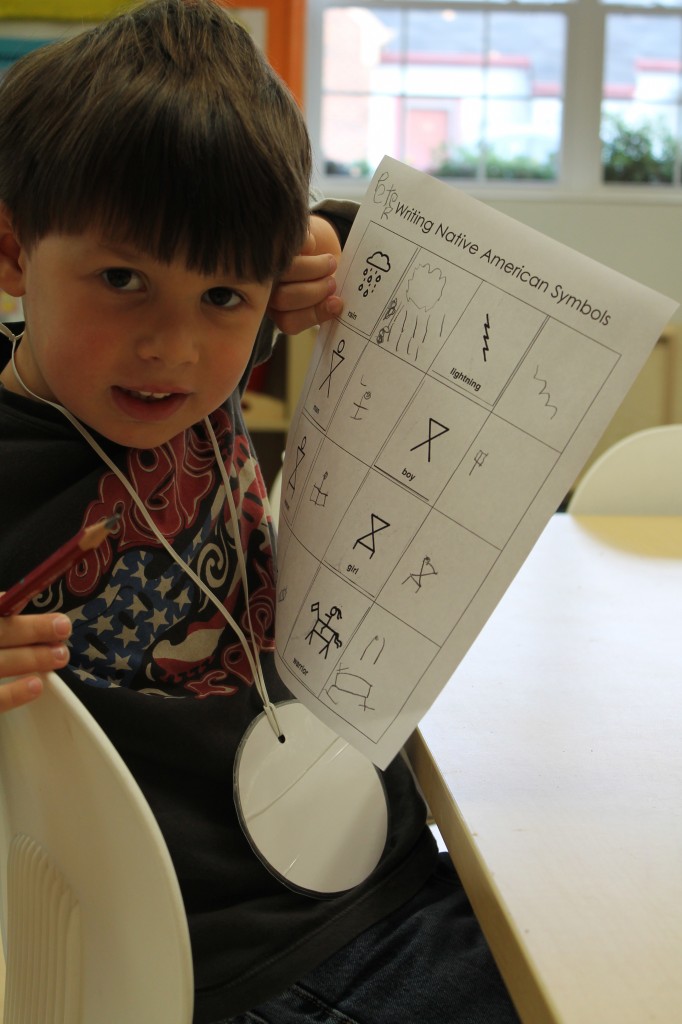
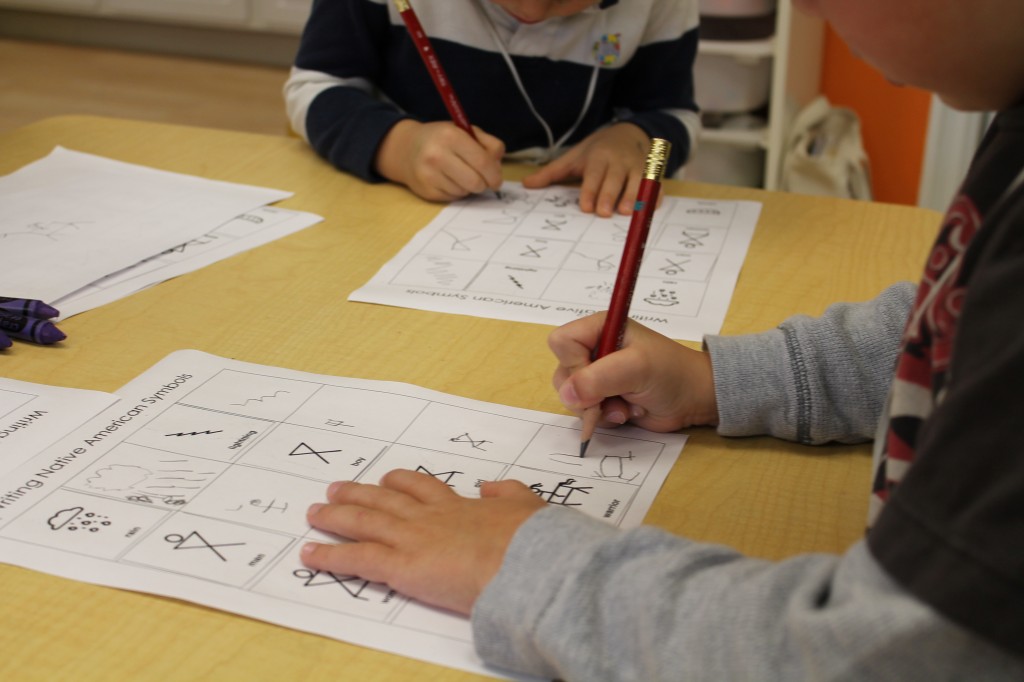
The first time I saw a light table was at a Reggio Emilia inspiried preschool in New York City. Every classroom that we visited had one and I began to wonder what they were all about. After researching the various ways these could benefit preschool age children in their learning process, we decided to get one for our own classroom.
Our light table allows children to experience everyday objects in a whole new way. In the coming months we will be using the light table for a multitude of activities as well as free choice play with ever changing manipulatives. Here are some of the activities that may take place at our light table this year: building our names and sight words with special translucent letter tiles, exploring and creating colors with color paddles, using various stencils, using the light table to trace our letters and names, manipulating shapes to become more aware of spacial relationships through the use of translucent geometric pieces while discovering the basics of geometry, viewing x-rays of various types of animals and shells, and finger painting on parchment paper (just to name a few). These should be great experiences for your children and ones that they will not soon forget.
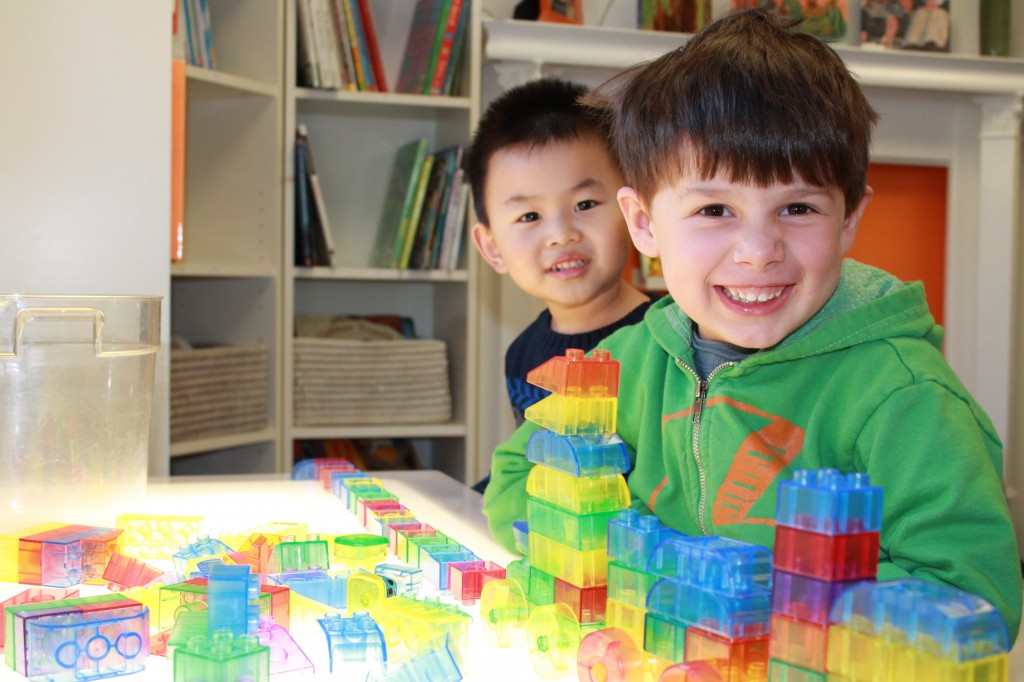
As we complete our unit on letter recognition and sound review this month we are focusing on matching lowercase letters to pictures with corresponding initial sounds. The ability to understand the structure of spoken language plays a crucial part in reading success now and in the future. It is very important for children to automatically be able to manipulate sounds in words (phonemic awareness) so that comprehension is the focus of reading rather than decoding unknown words. We develop phonemic awareness (ability to manipulate sounds in words) through a variety of consistent and age appropriate activities in which children are asked to recognize and manipulate sounds.
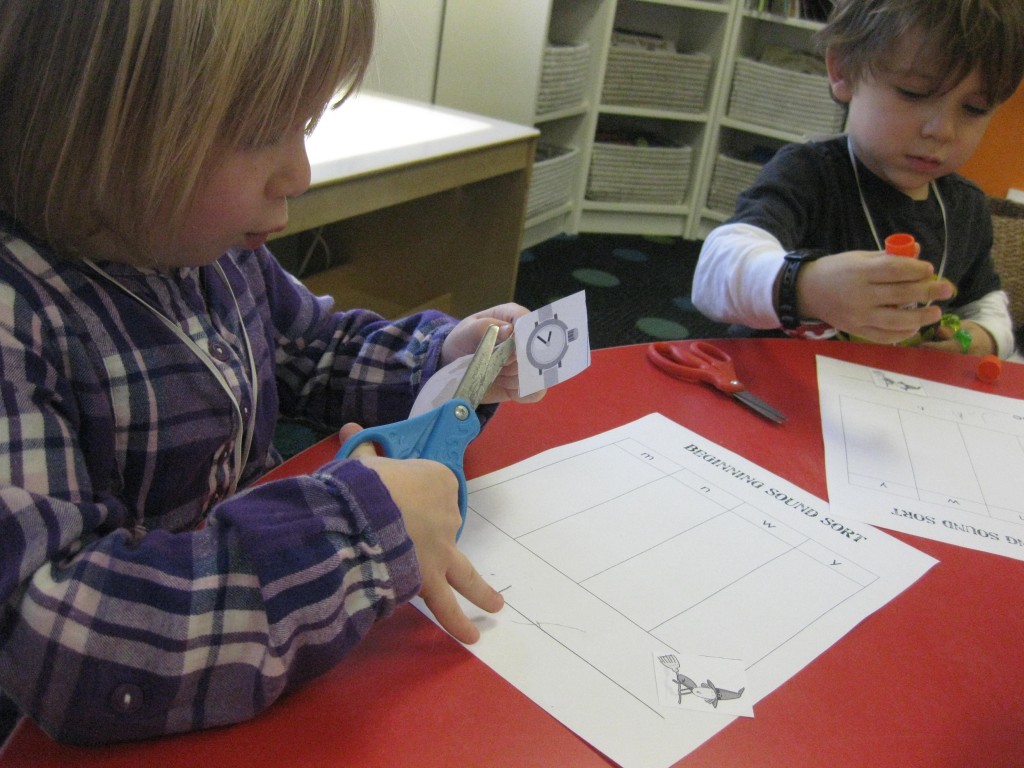
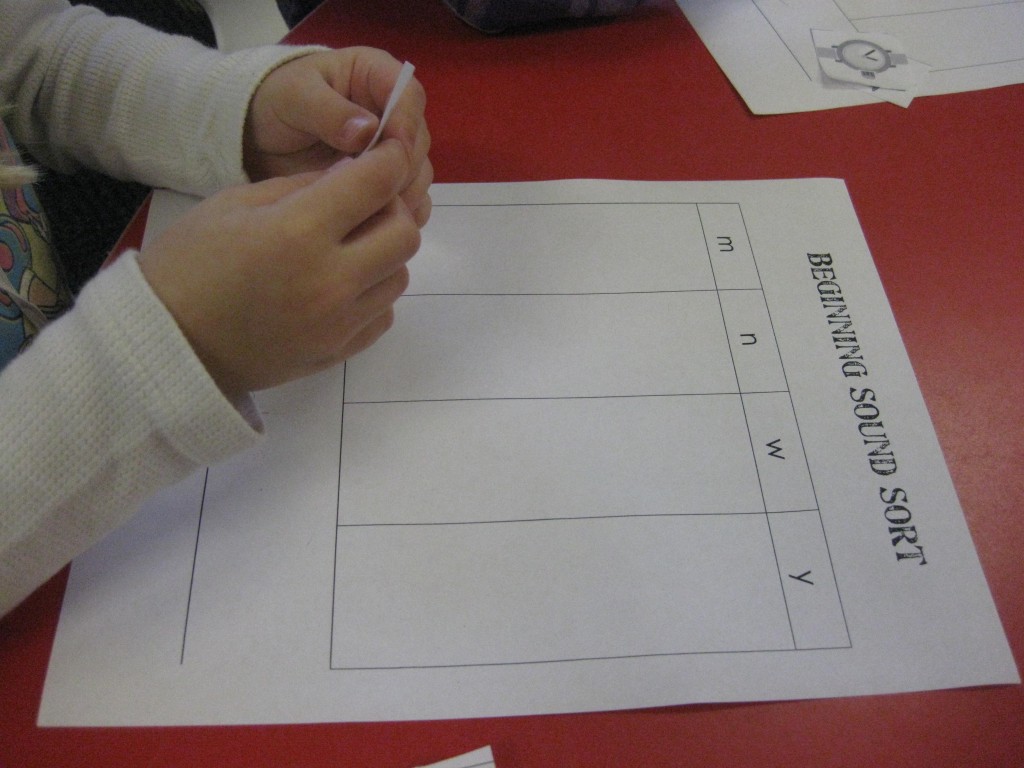
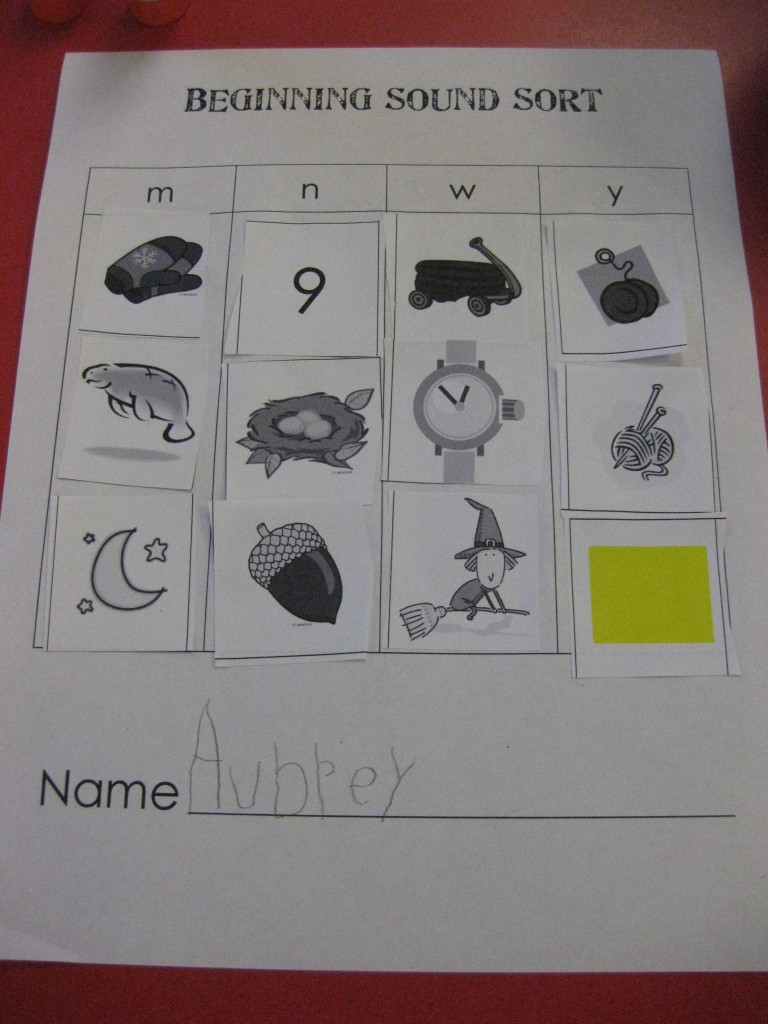
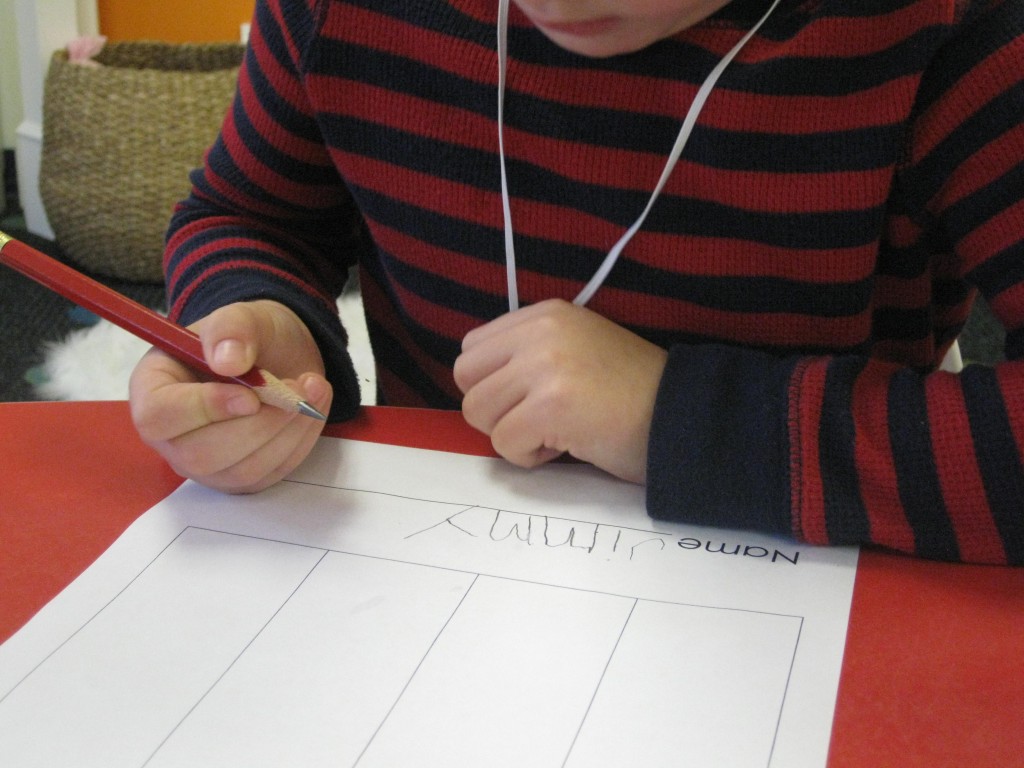
Cutting accurately with scissors is a skill we sometimes take for granted. Cutting requires the coordination of many skills including fine motor coordination, bilateral coordination, and eye-hand coordination. Like many other skills, scissor skills develop sequentially and require appropriate instruction and practice to develop fully. You will find scissor practice pages here that you can work on with your child at home.
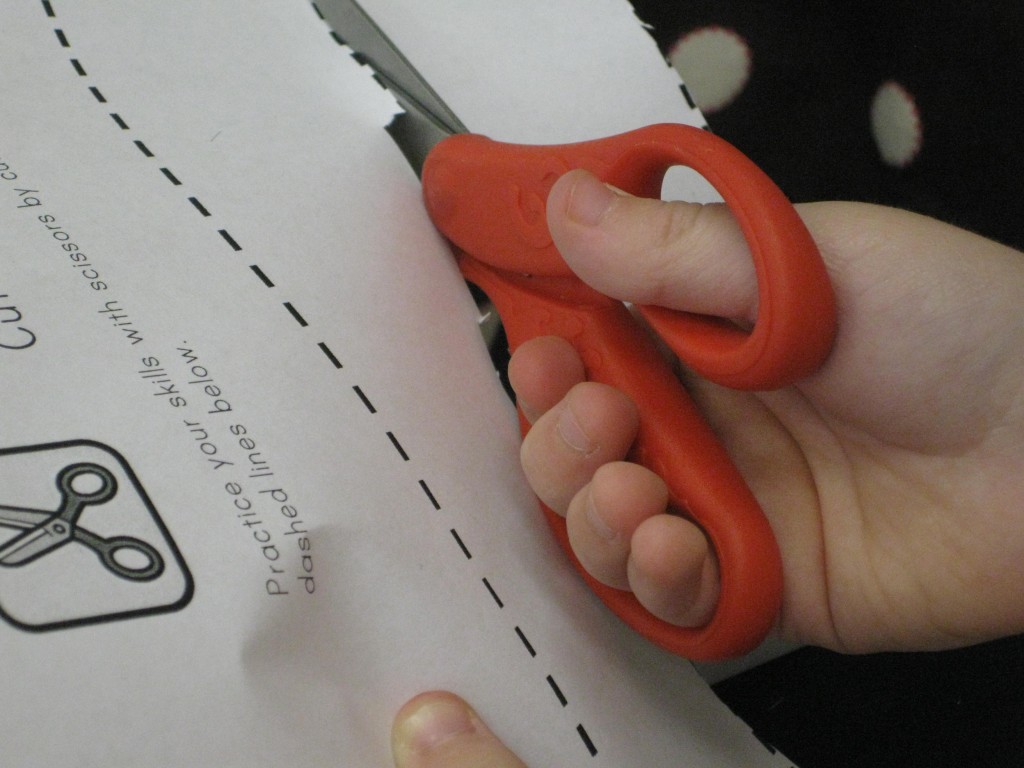
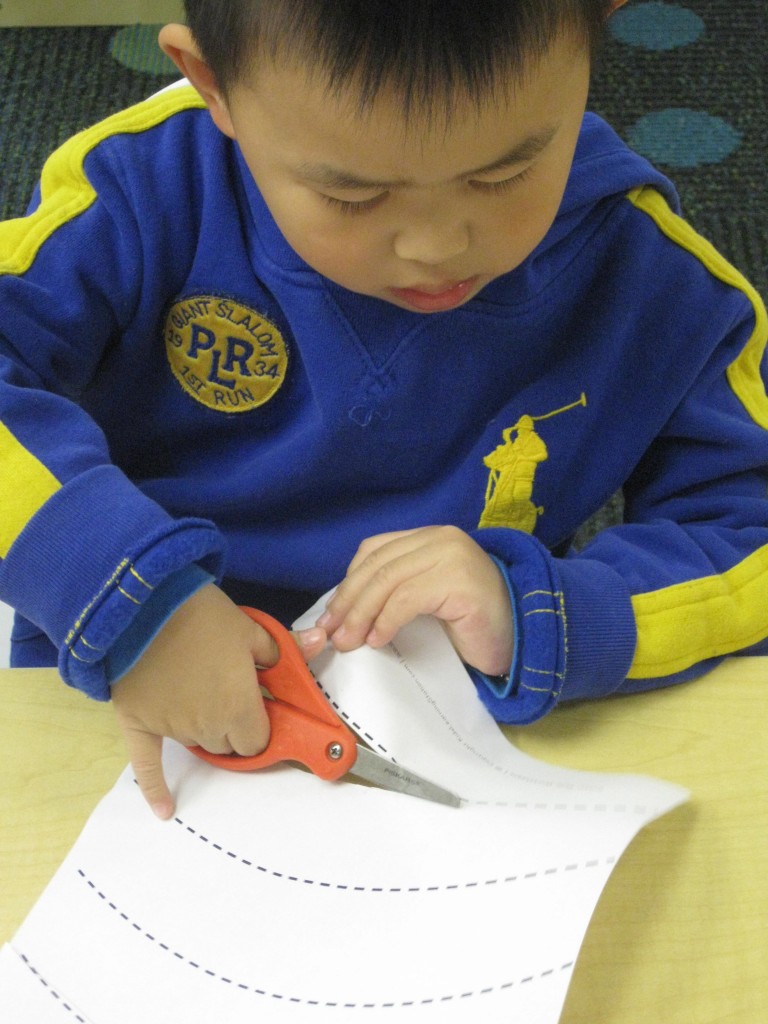
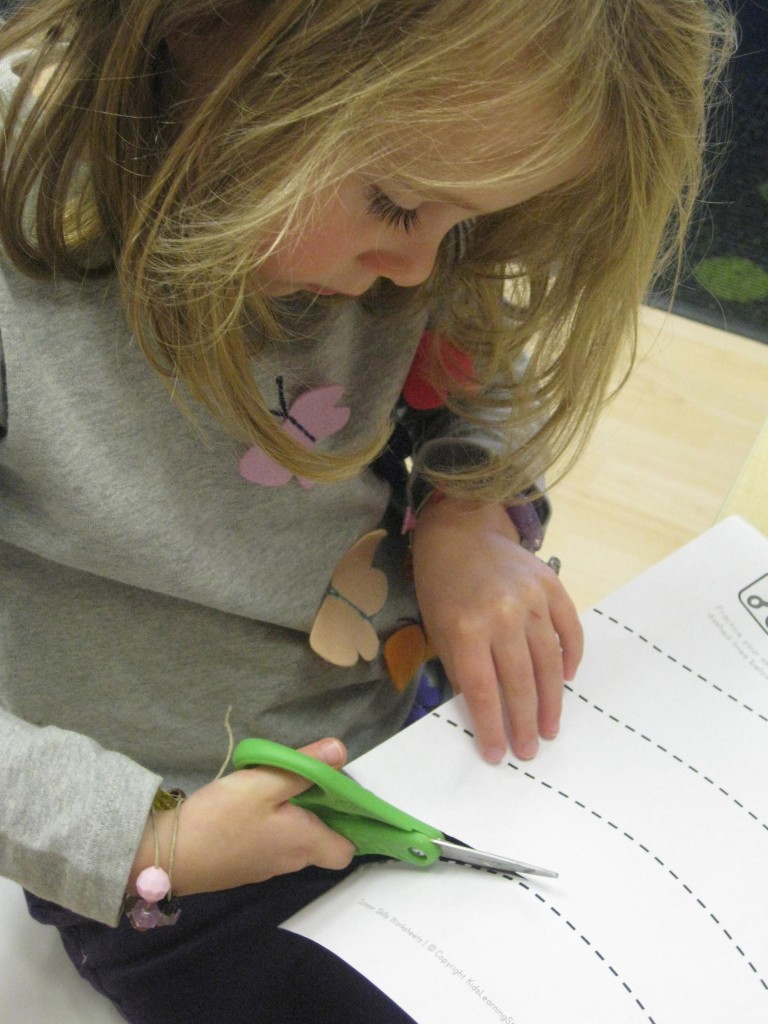
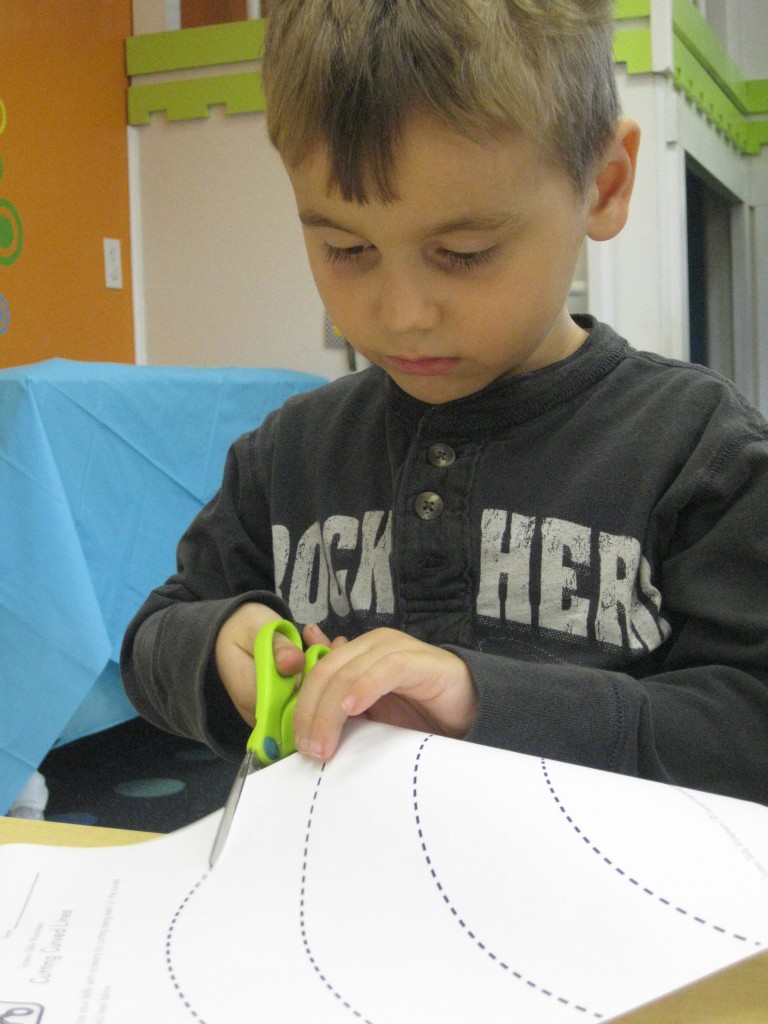
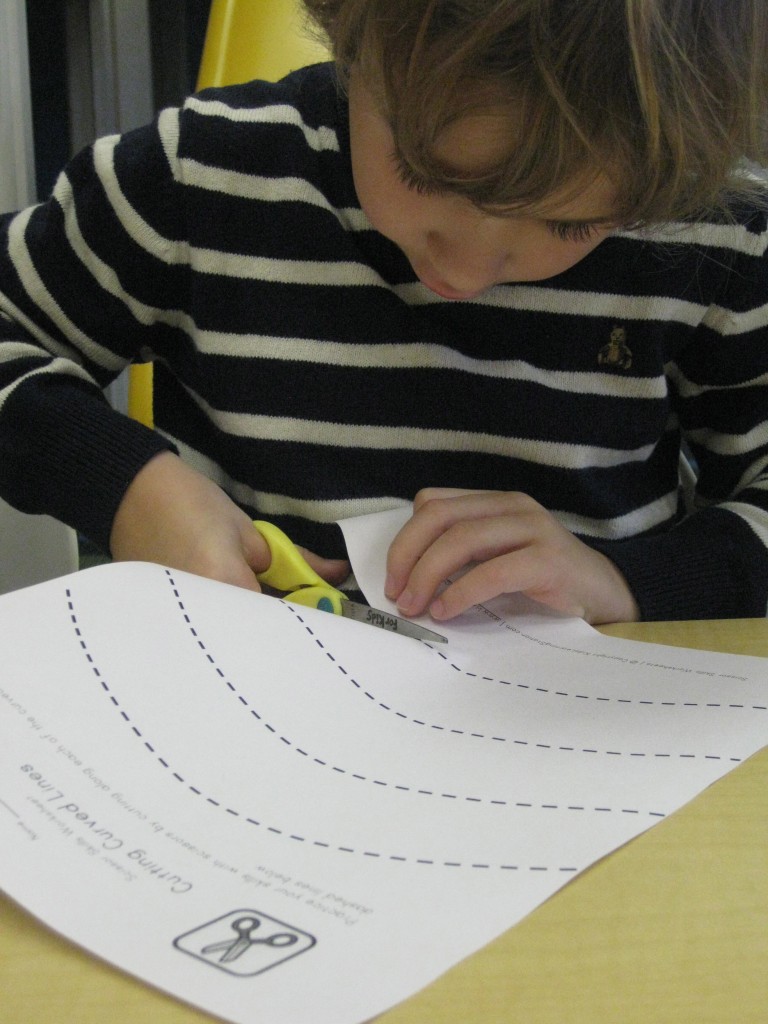

Creative Tots has specialized in the private education of both toddlers and preschool age children for over 15 years. We began in the heart of Madeira and now also have a new Mason location. We are specifically designed to focus on early childhood development for children ages 18 months to 5 years.

Click below to learn more about our program offerings:
